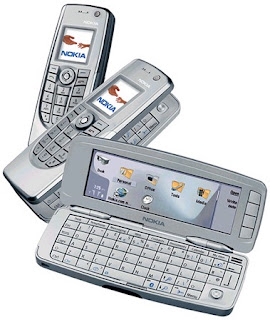
Indian engineer designs matchbox-sized inverter
Bangalore: Subrata Datta, a Hyderabad-based engineer, has invented a matchbox-sized device that can power homes even during power cuts. The inverter can power TV, computer or fridge.
Datta, employed at the R&D Center, CMC Ltd, explained his device saying, "The V-inverter can be installed in and connected to the meter box of one's house. It can be controlled and regulated by the electric supply department. So whenever there's a greater demand for power, high voltage electrical gadgets like air-conditioners will automatically switch off. Only basics like fans, lights, TV, computer, refrigerator and life saving instruments would work by reducing the consumption of power in the entire neighbourhood."
The V-inverter does not require any secondary power source like the normal inverters or generator. This reduces cost, investment maintenance, pollution and emission associated with fuel-based generators, reg ular inverters and lead-acid batteries.
Installing this V-inverter is also very easy. The unit cost of the energy of the V-inverter power is less than general inverters or fuel based generators as it comes at the cost of regular supplied power.
Added Datta, "This load controlling device can restrict the crisis time consumption by each consumer, at a limited power output (150 Watt) to improve the balance of demand-supply ratio and avoid total power cuts."
Source:-
http://www.siliconindia.com/shownews/Indian_engineer_designs_matchboxsized_inverter-nid-70630.html?utm_campaign=Newsletter&utm_medium=Email&utm_source=Subscriber?utm_source=Subscriber&utm_medium=Email&utm_campaign=Weekend%20Newsletter












